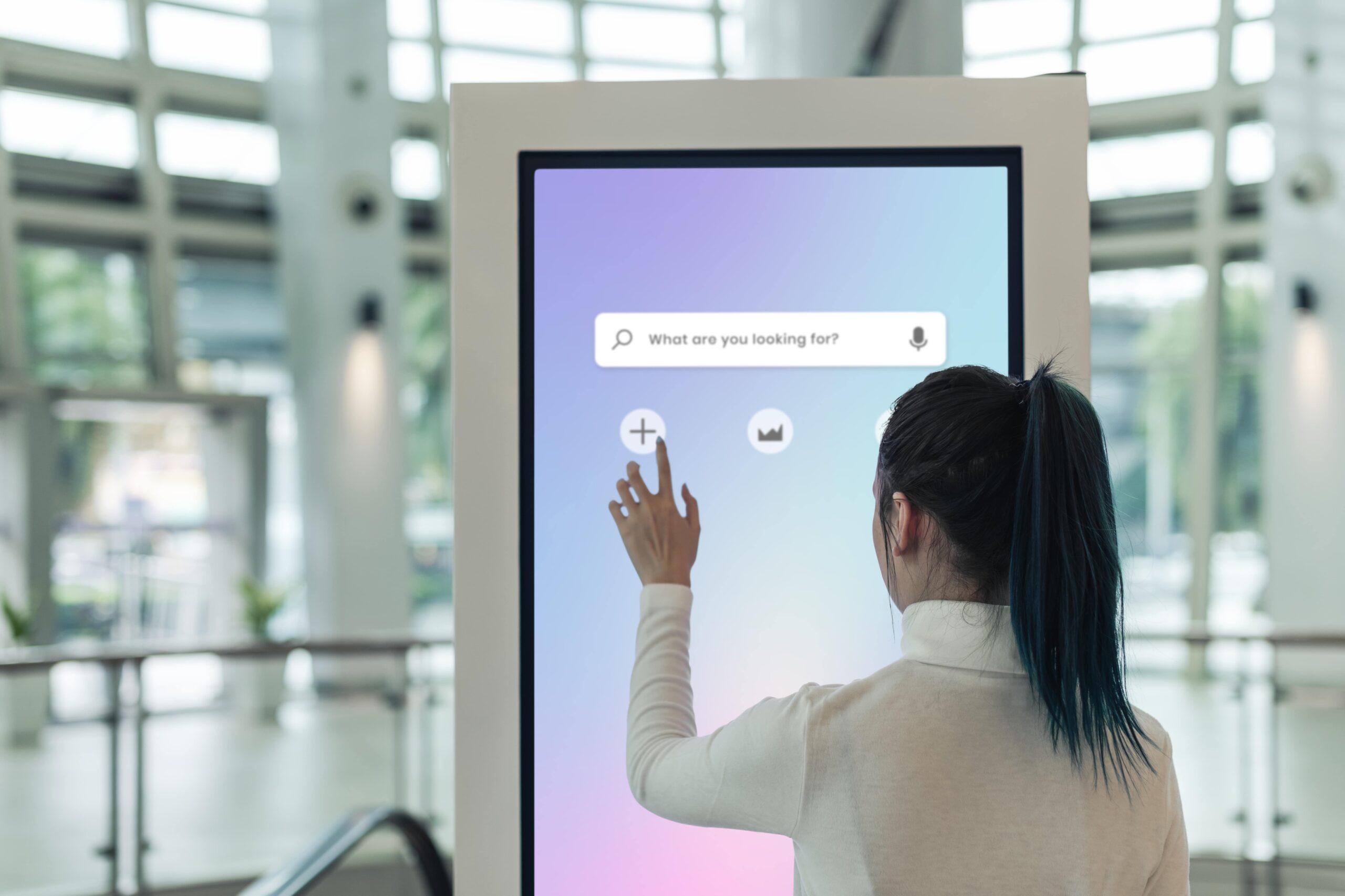
What is Digital Signage Player
- Digitos DM
- February 23, 2024
- 1 year ago
Digital Signage Players have become an integral part of modern communication strategies, revolutionizing how businesses convey information to their target audience. In essence, a digital signage player is a device or software that enables the display of dynamic content on digital screens. This article delves into the intricacies of digital signage players, exploring their features, types, benefits, and their diverse applications across various industries.
Definition of Digital Signage Player:
A digital signage player is a device or software that facilitates the display of dynamic content on digital screens. It acts as the engine behind the visual communication, allowing businesses to showcase information in a dynamic and engaging manner.
Importance in Modern Communication:
In the era of digital communication, the digital signage player plays a pivotal role. It enables businesses to move beyond static displays, offering a dynamic platform for conveying messages to the target audience. This flexibility and interactivity contribute significantly to effective communication.
Key Features of Digital Signage Player:
Remote Content Management:
Digital signage players allow users to manage and update content remotely. This feature ensures that information can be refreshed or changed without the need for physical access to the display location.
Content Scheduling:
Scheduling is a key feature that allows businesses to plan when specific content is displayed. This ensures that the right information is showcased at the right time, optimizing audience engagement.
Compatibility with Various Media Types:
Supporting various media types such as images, videos, and text, digital signage players provide versatility in content creation. This compatibility allows businesses to craft engaging messages in multiple formats.
Types of Digital Signage Players:
Hardware-based Players:
These players involve physical devices connected to screens. They can range from dedicated hardware units to integrated systems designed for specific display purposes.
Software-based Players:
Software-based players operate on existing hardware. This flexibility makes them a cost-effective solution, leveraging the computing power already available in many establishments.
How Digital Signage Players Work:
Content Creation:
Content, including graphics, videos, or text, is created to convey messages effectively.
Content Distribution:
The created content is distributed to the digital signage player, often through a network connection.
Display Output:
The digital signage player then displays the content on connected screens, ensuring that the intended message reaches the audience.
Benefits of Using Digital Signage Players:
Enhanced Visual Communication:
Digital signage players offer dynamic and visually appealing content, capturing the audience’s attention more effectively than traditional static displays.
Increased Engagement:
The interactive and dynamic nature of digital signage enhances audience engagement, fostering a more memorable and impactful communication experience.
Real-time Updates:
Businesses can convey timely information and updates instantly, ensuring that the displayed content remains relevant.
Industries Utilizing Digital Signage Players:
Retail:
Enhancing the customer experience with product promotions and information.
Hospitality:
Providing real-time information, promotions, and event details to guests.
Healthcare:
Engaging patients with dynamic content in waiting areas and providing important health information.
Education:
Using digital signage to communicate announcements, event details, and educational content within educational institutions.
Choosing the Right Digital Signage Player:
Consideration of Business Needs:
Understanding the specific communication goals and requirements of the business.
Scalability and Flexibility:
Choosing a solution that can grow with the business and adapt to changing needs.
Integration with Existing Systems:
Ensuring compatibility and smooth integration with other existing systems in the business.
Challenges in Implementing Digital Signage Players:
Initial Cost:
The upfront investment required for acquiring and setting up digital signage players.
Technical Issues:
Challenges related to hardware or software malfunctions that may disrupt seamless communication.
Content Management Challenges:
Ensuring that the content remains relevant and effectively communicates the intended message.
Best Practices for Effective Digital Signage:
Compelling Content:
Creating visually appealing and relevant content to capture audience attention.
Audience Analysis:
Understanding the target audience to tailor content that resonates with them.
Regular Maintenance:
Performing routine checks and updates to prevent technical glitches and ensure the system’s smooth operation.
Future Trends in Digital Signage Players:
Artificial Intelligence Integration:
The integration of AI to enhance personalization and optimize content delivery.
Interactivity and Personalization:
Future digital signage players may offer more interactive features and personalized content delivery based on audience behavior.
Case Studies:
Exploring successful implementations and their positive impacts on businesses provides real-world examples of the versatility and effectiveness of digital signage players.
Comparison with Traditional Advertising:
Cost-effectiveness:
Digital signage often proves more cost-effective than traditional advertising methods.
Dynamic Content Delivery:
The ability to display dynamic and interactive content sets digital signage apart from static traditional advertising.
Digital Signage Player Market Overview:
Understanding the growth trends and key players in the digital signage player industry provides insights into the dynamic nature of this evolving market.
Conclusion:
In conclusion, the digital signage player is a game-changer in modern communication, offering businesses a dynamic and interactive platform to convey messages effectively. From key features to future trends, embracing this technology can significantly impact how businesses engage with their audience.
FAQs:
What is the main purpose of a digital signage player?
The main purpose is to display dynamic content on digital screens, enhancing communication and engagement with the target audience.
Can digital signage players be used in small businesses?
Absolutely. Digital signage players are scalable and can be tailored to fit the needs and budgets of small businesses.
How often should content be updated on digital signage?
Regular updates are recommended to keep the content fresh and relevant. The frequency depends on the specific communication goals.
Are there any security concerns with digital signage players?
Security measures are essential, but with proper implementation and updates, the risks can be minimized.
What is the average lifespan of a digital signage player?
The lifespan varies depending on the quality of the device and usage. On average, it ranges from 3 to 7 years.


